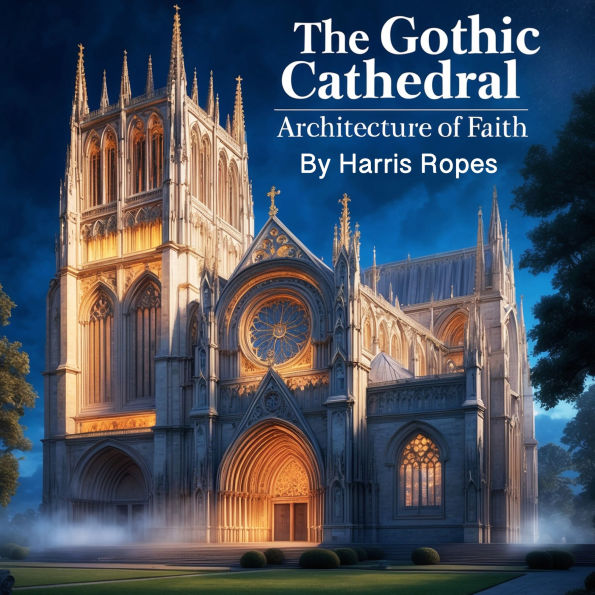The origins of Gothic architecture lie in the transition from the Romanesque style that dominated Europe in the early medieval period. Romanesque churches, with their thick walls, small windows, and rounded arches, provided a sense of solidity but limited natural light and height. By the 12th century, new architectural innovations emerged, driven by a desire for greater verticality, spacious interiors, and an infusion of divine light. These aspirations led to the birth of the Gothic style, first appearing in France before spreading across Europe.
One of the key figures in this transition was Abbot Suger of the Abbey of Saint-Denis, near Paris. In the 1130s, he initiated the reconstruction of the abbey church, incorporating pointed arches, ribbed vaults, and extensive stained glass windows. Suger believed that light was a manifestation of the divine, and through these architectural changes, he sought to transform the church into a place of spiritual illumination. His innovations set a precedent for what would become the defining characteristics of Gothic architecture.
The pointed arch, a hallmark of the Gothic style, replaced the rounded arch of the Romanesque period. This architectural shift was more than an aesthetic change; it allowed for greater structural efficiency, enabling builders to construct taller and more spacious interiors. The ribbed vault, another significant innovation, helped distribute weight more evenly, allowing for thinner walls and the introduction of expansive stained glass windows. These windows, often adorned with biblical scenes, served both a decorative and didactic function, educating the largely illiterate medieval population about religious narratives.
The origins of Gothic architecture lie in the transition from the Romanesque style that dominated Europe in the early medieval period. Romanesque churches, with their thick walls, small windows, and rounded arches, provided a sense of solidity but limited natural light and height. By the 12th century, new architectural innovations emerged, driven by a desire for greater verticality, spacious interiors, and an infusion of divine light. These aspirations led to the birth of the Gothic style, first appearing in France before spreading across Europe.
One of the key figures in this transition was Abbot Suger of the Abbey of Saint-Denis, near Paris. In the 1130s, he initiated the reconstruction of the abbey church, incorporating pointed arches, ribbed vaults, and extensive stained glass windows. Suger believed that light was a manifestation of the divine, and through these architectural changes, he sought to transform the church into a place of spiritual illumination. His innovations set a precedent for what would become the defining characteristics of Gothic architecture.
The pointed arch, a hallmark of the Gothic style, replaced the rounded arch of the Romanesque period. This architectural shift was more than an aesthetic change; it allowed for greater structural efficiency, enabling builders to construct taller and more spacious interiors. The ribbed vault, another significant innovation, helped distribute weight more evenly, allowing for thinner walls and the introduction of expansive stained glass windows. These windows, often adorned with biblical scenes, served both a decorative and didactic function, educating the largely illiterate medieval population about religious narratives.

The Gothic Cathedral: Architecture of Faith

The Gothic Cathedral: Architecture of Faith
FREE
with a B&N Audiobooks Subscription

Product Details
| BN ID: | 2940193854722 |
|---|---|
| Publisher: | Viola Lamers LLC |
| Publication date: | 03/28/2025 |
| Edition description: | Unabridged |
Videos

